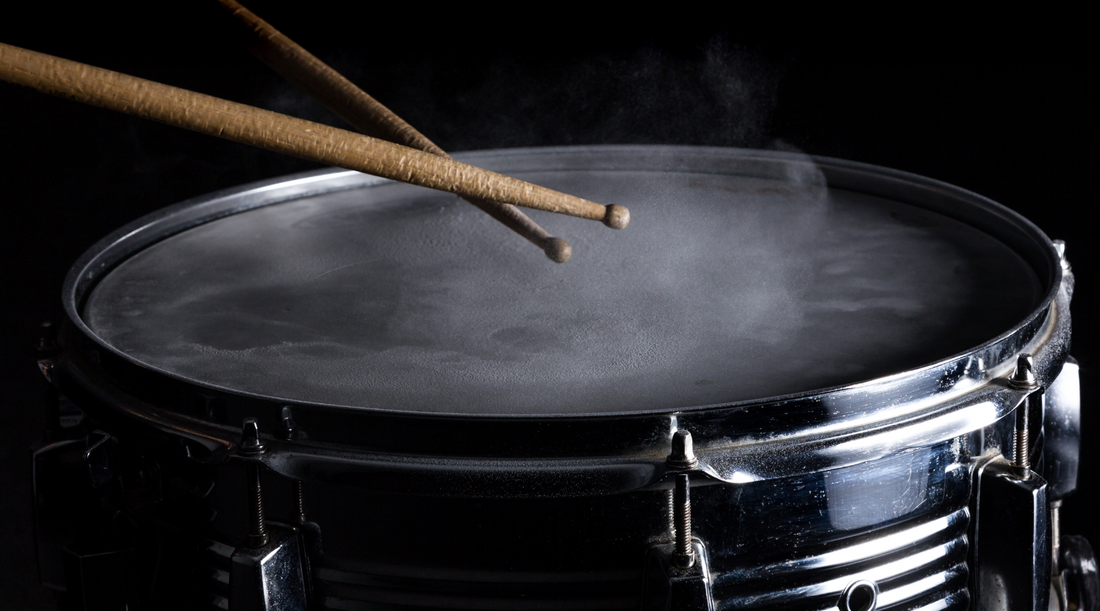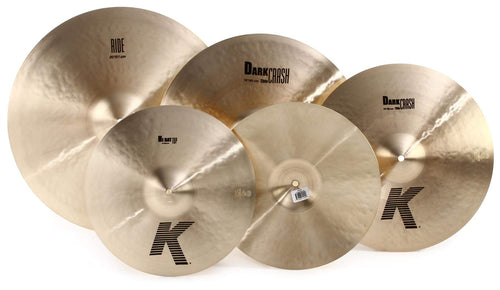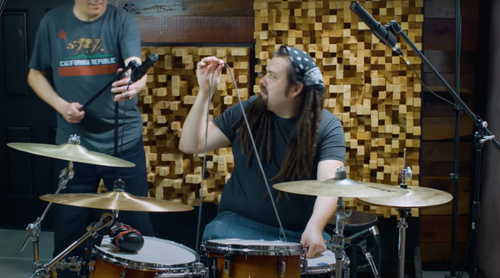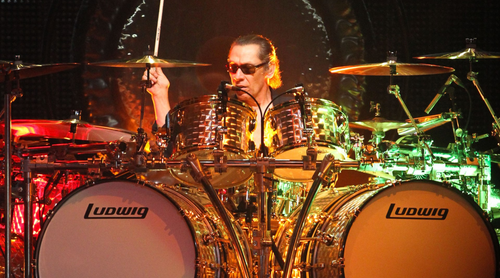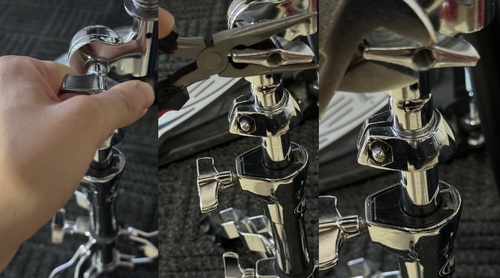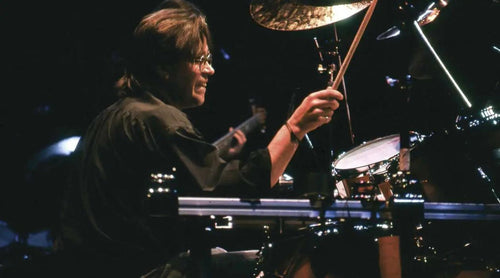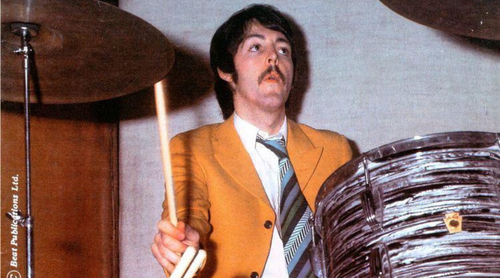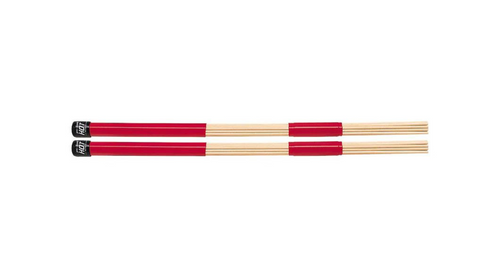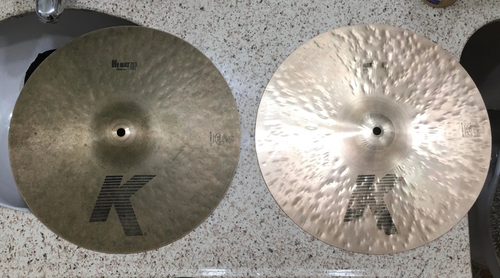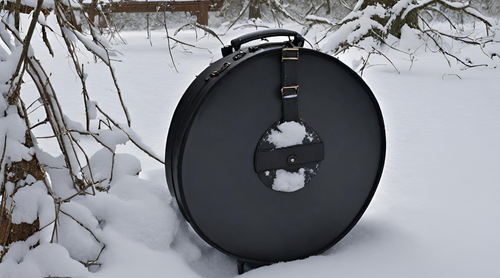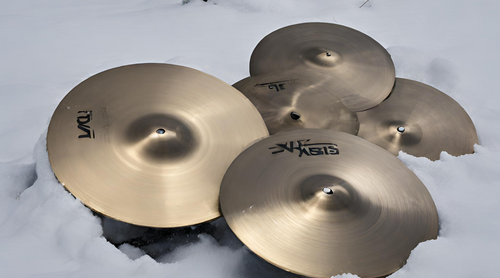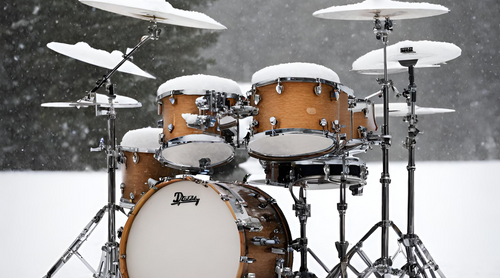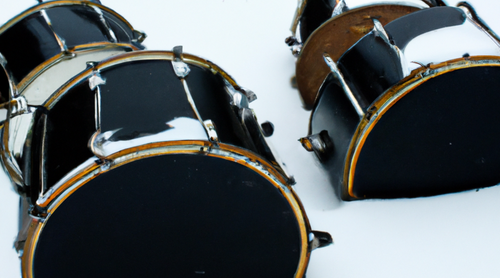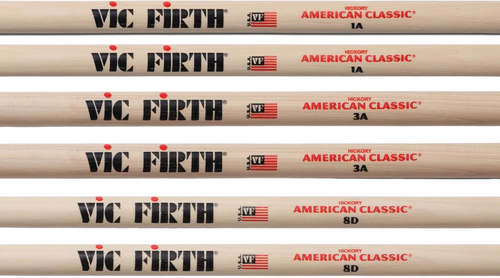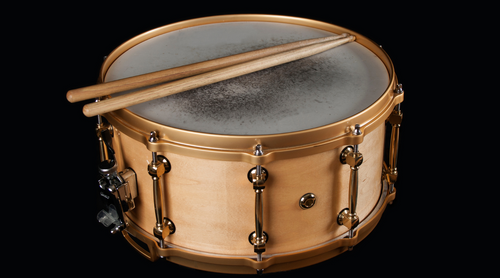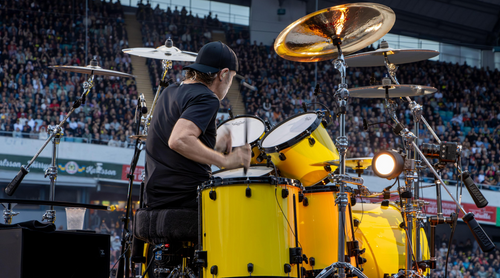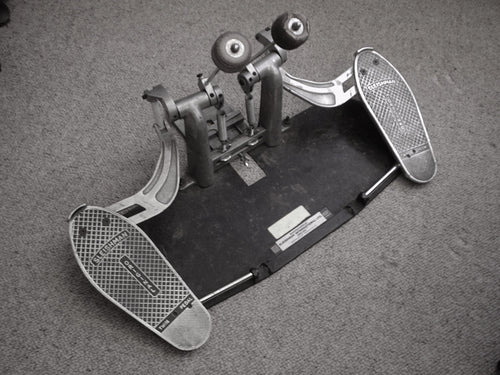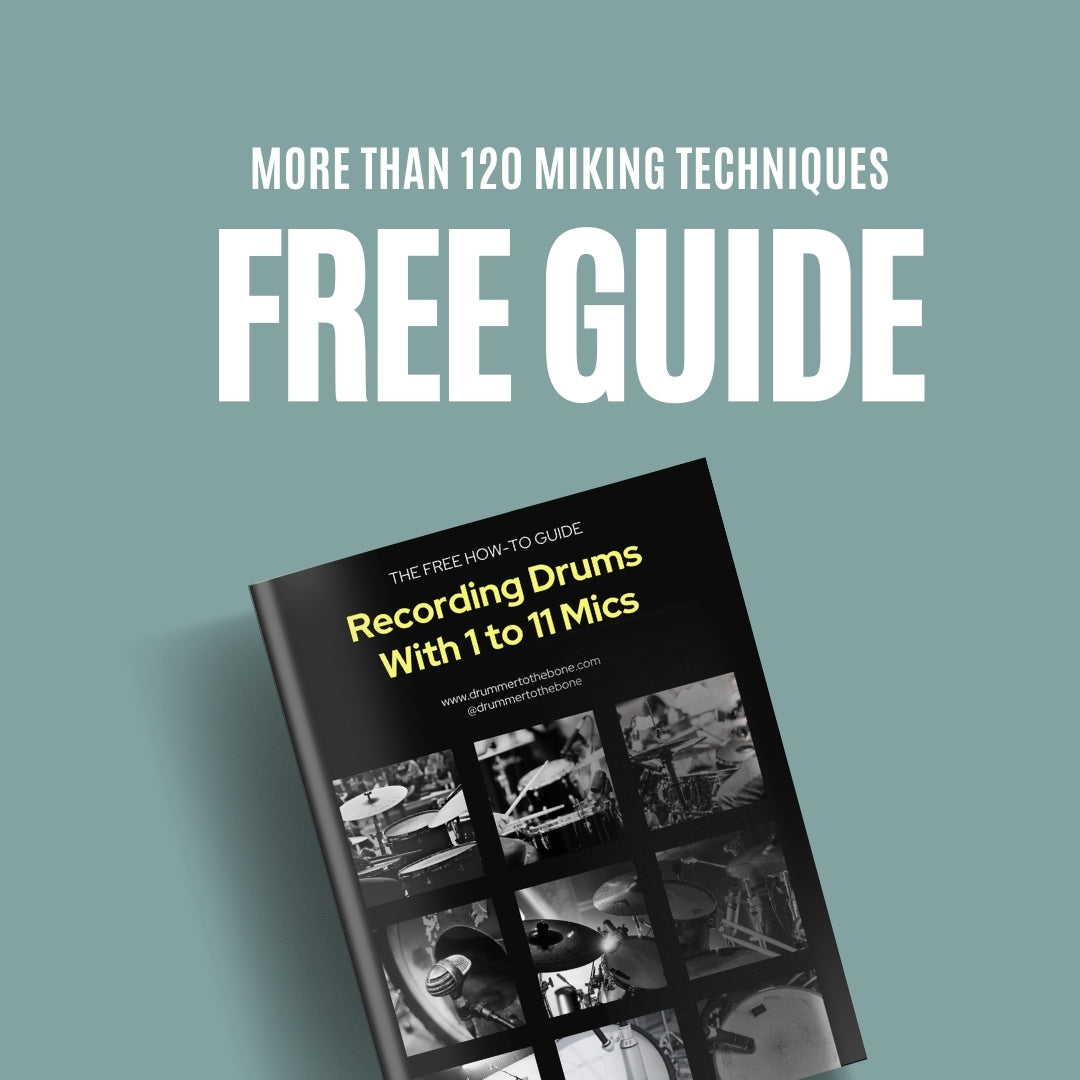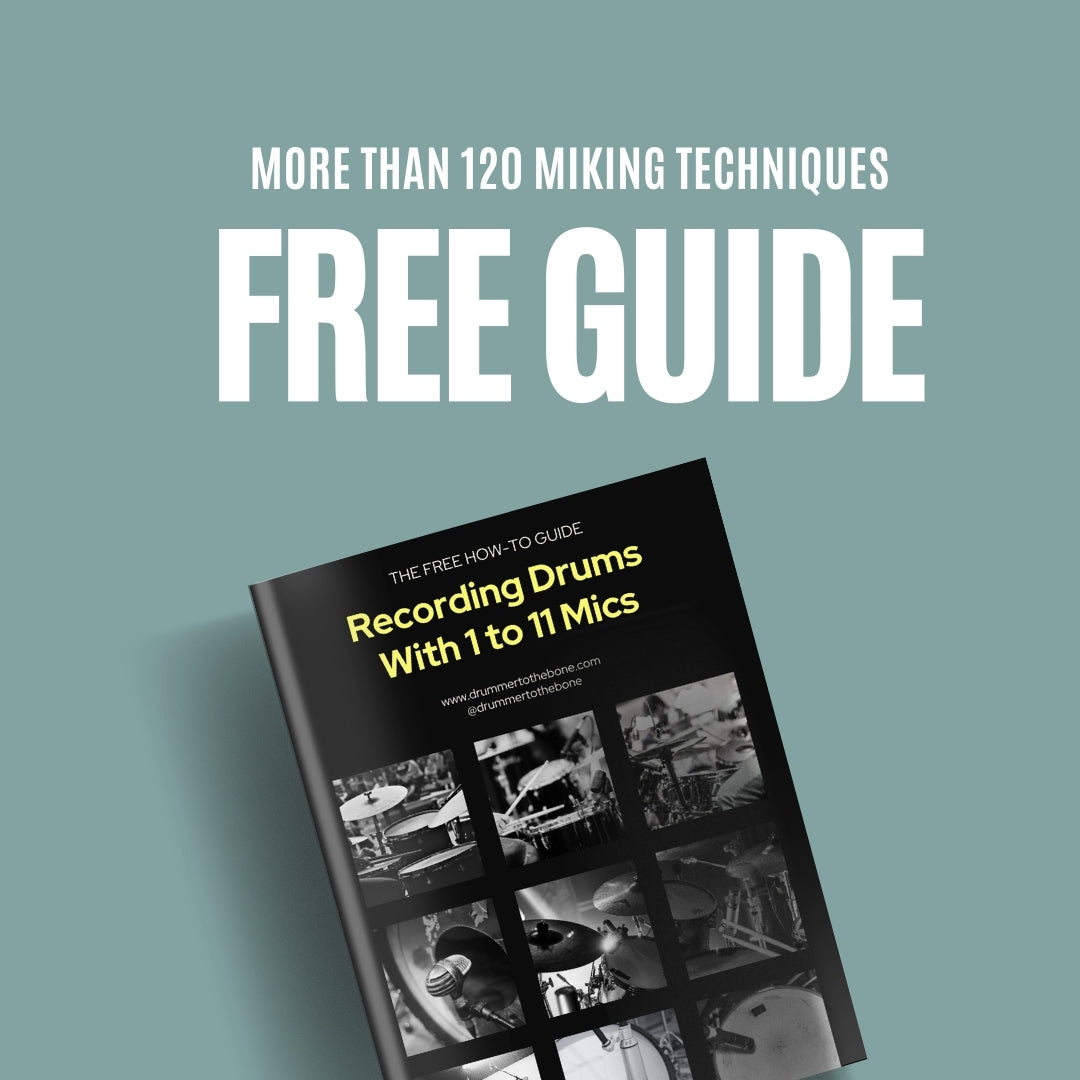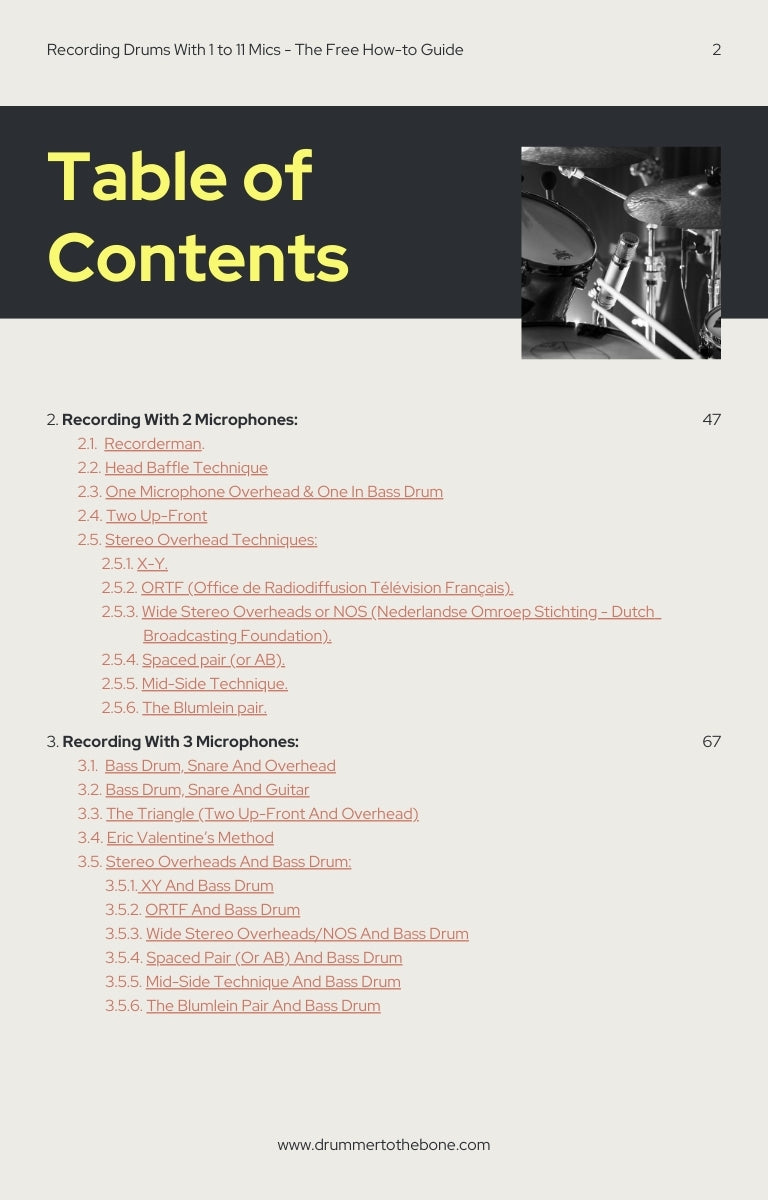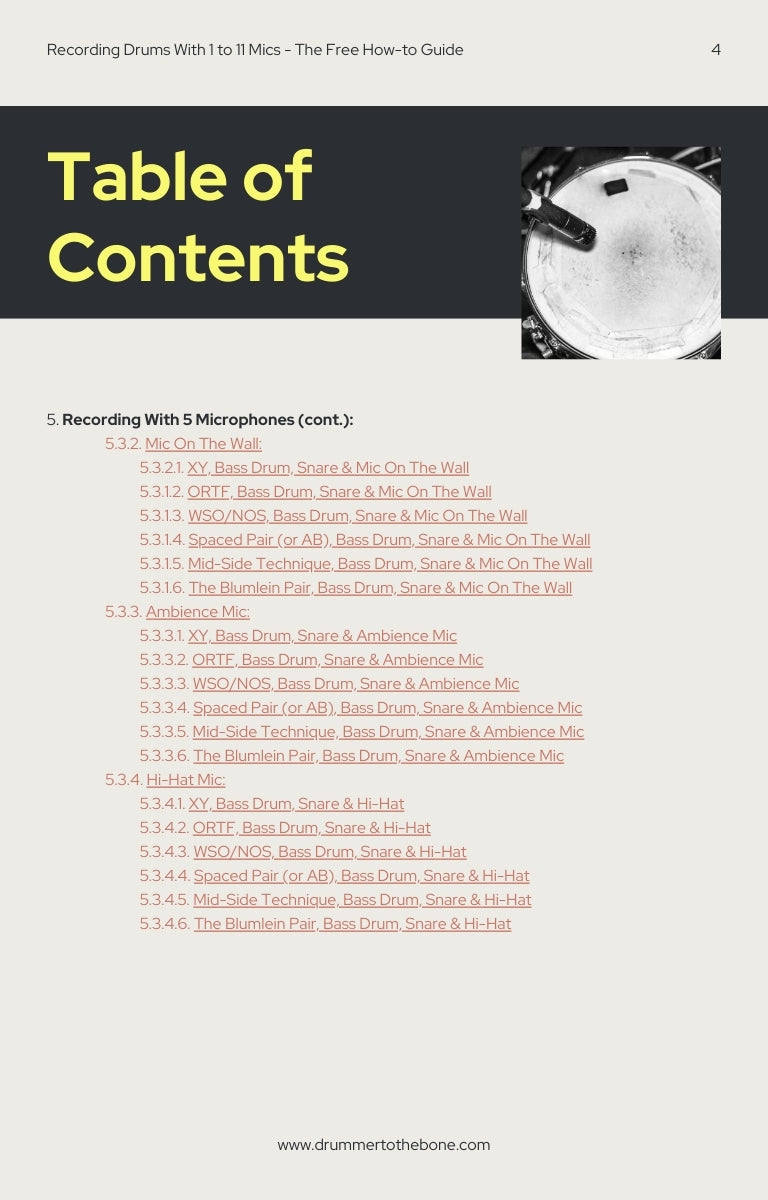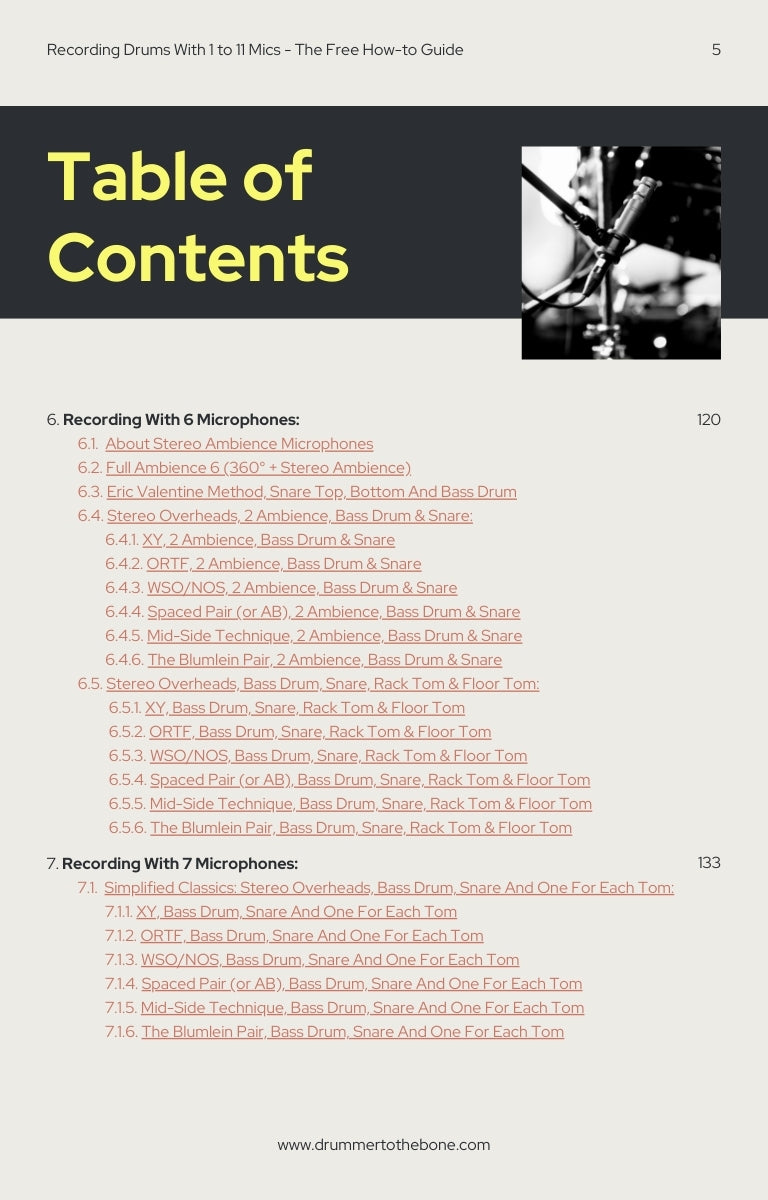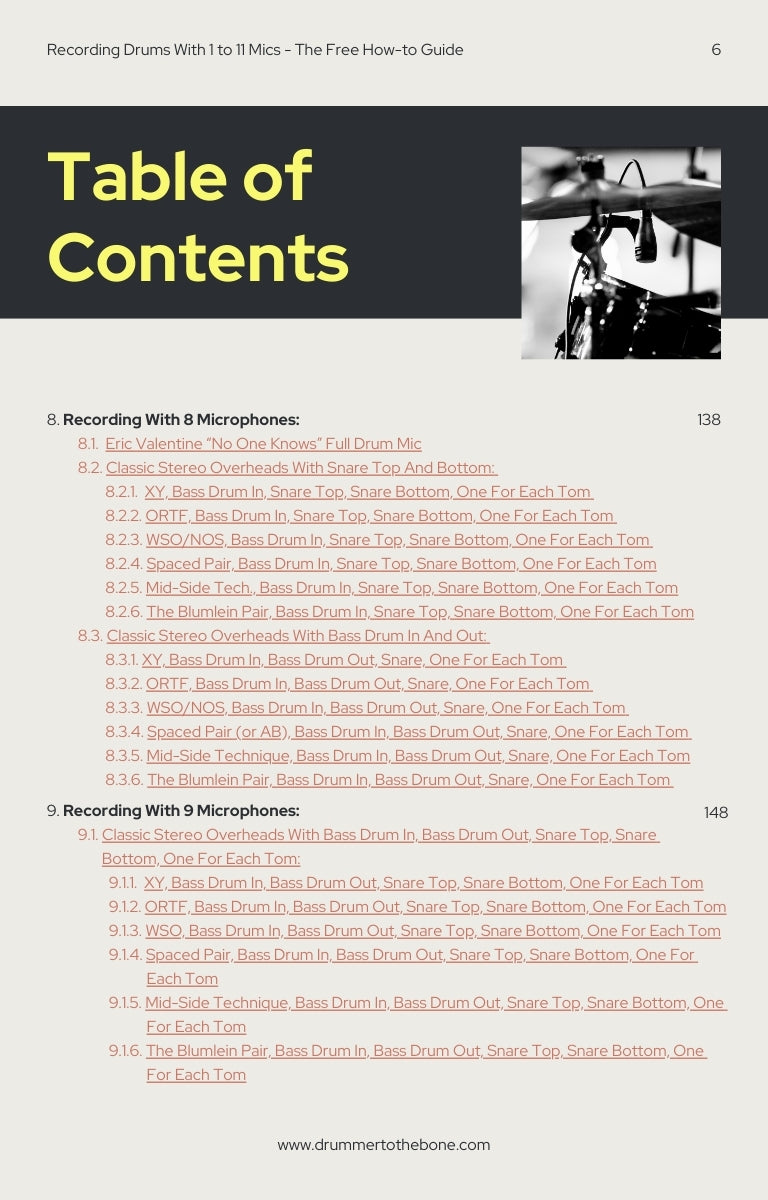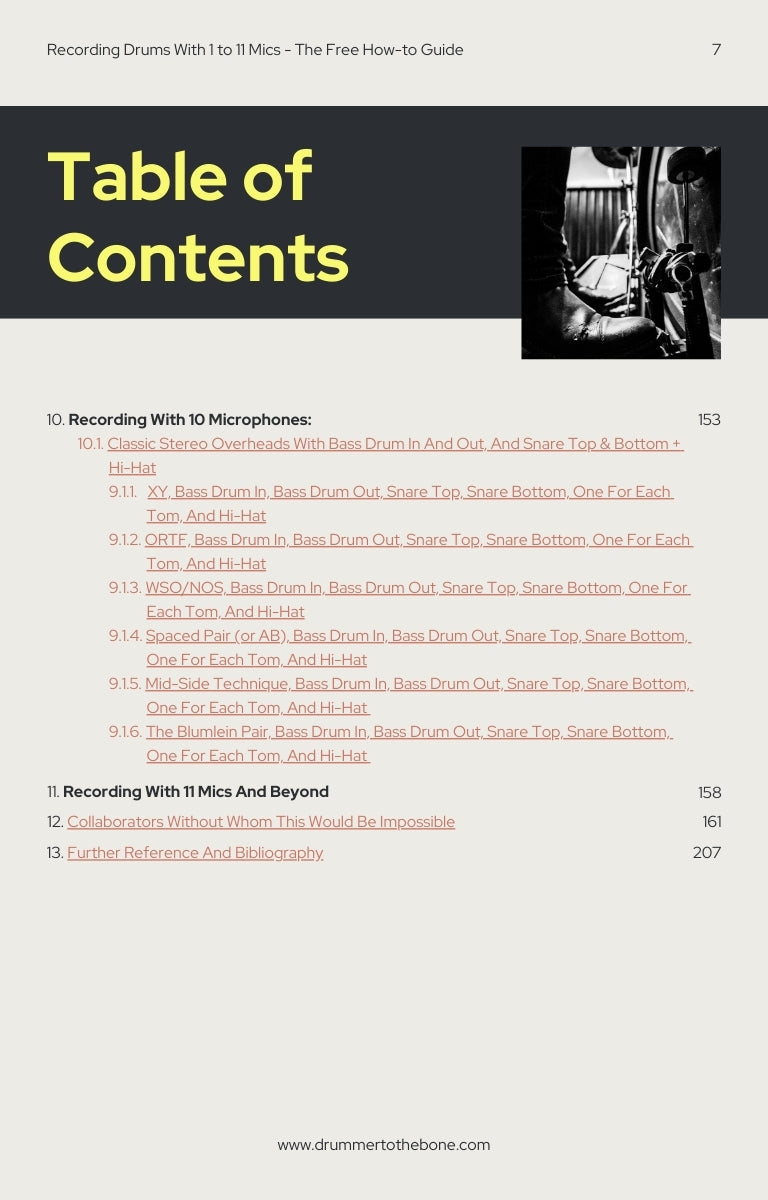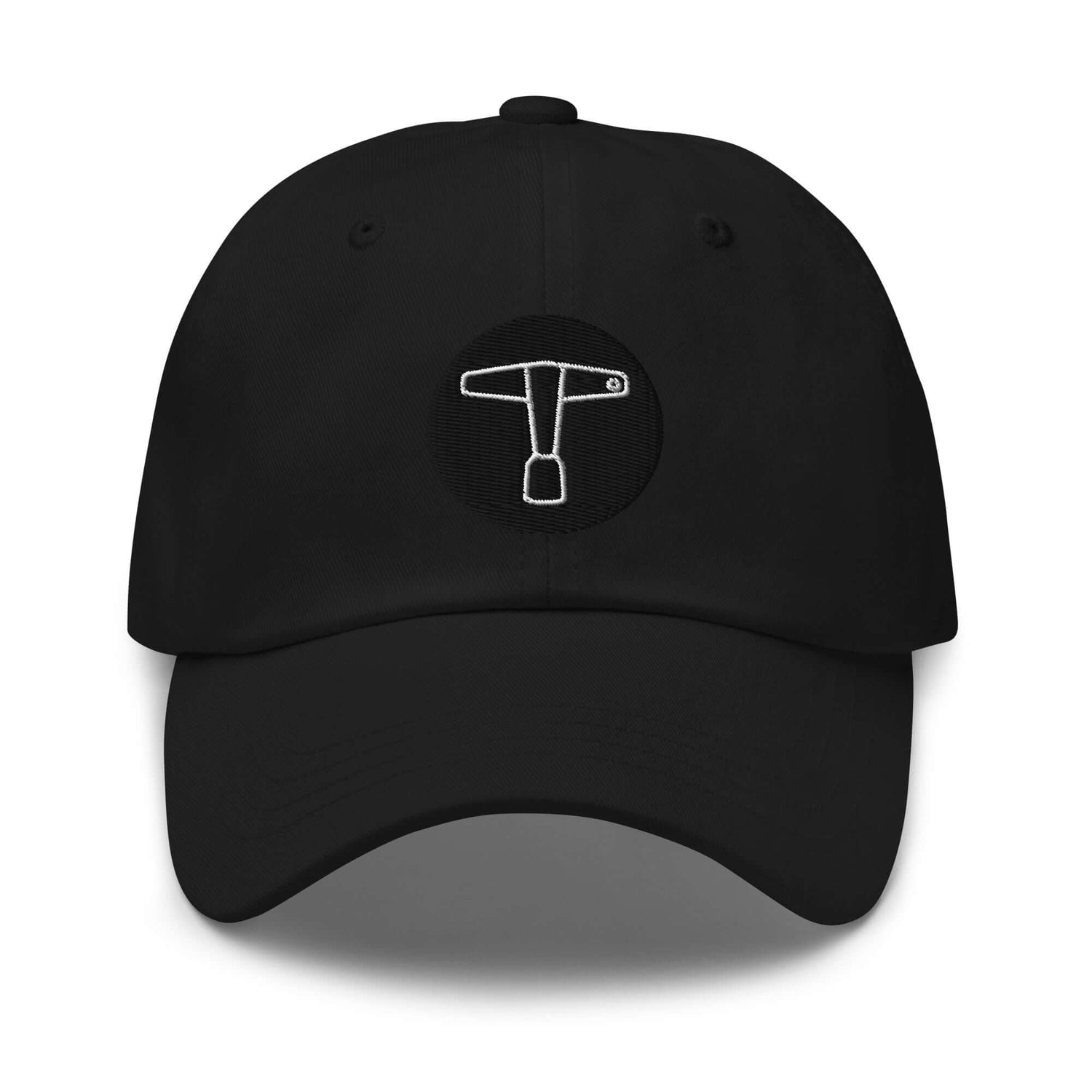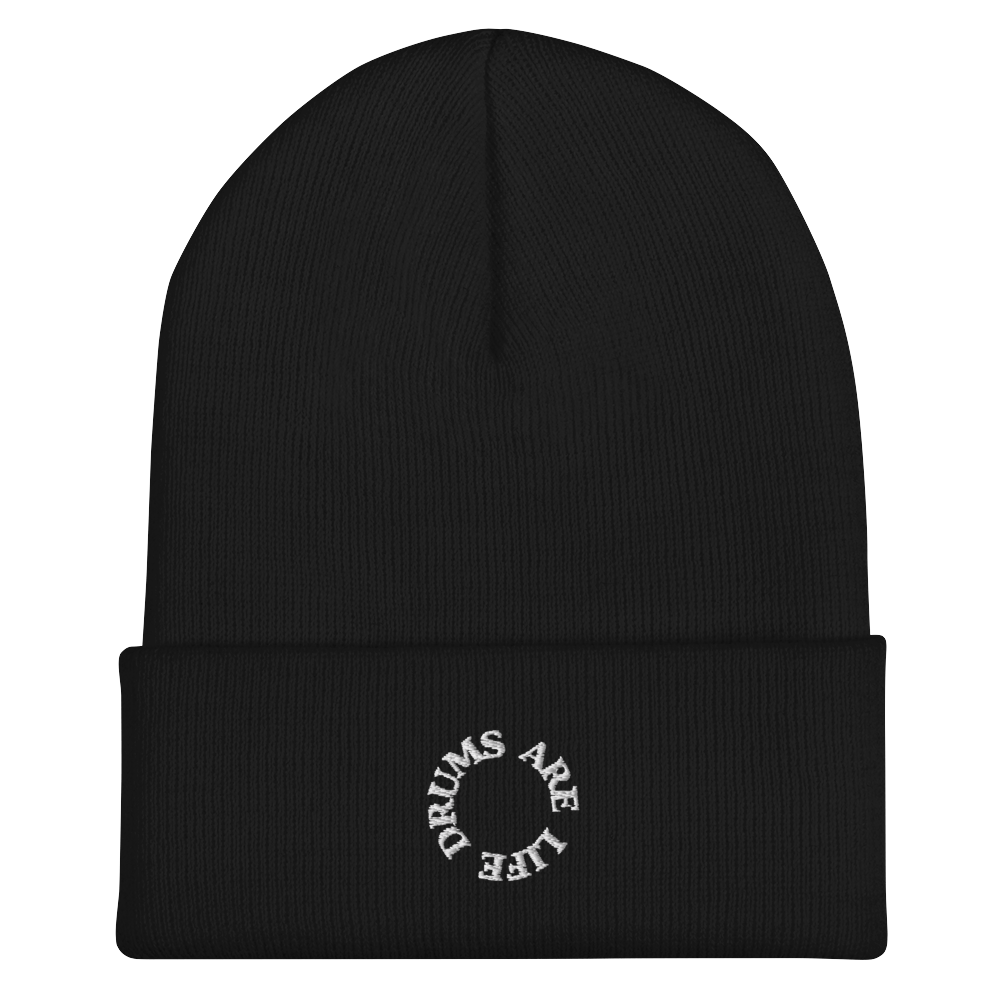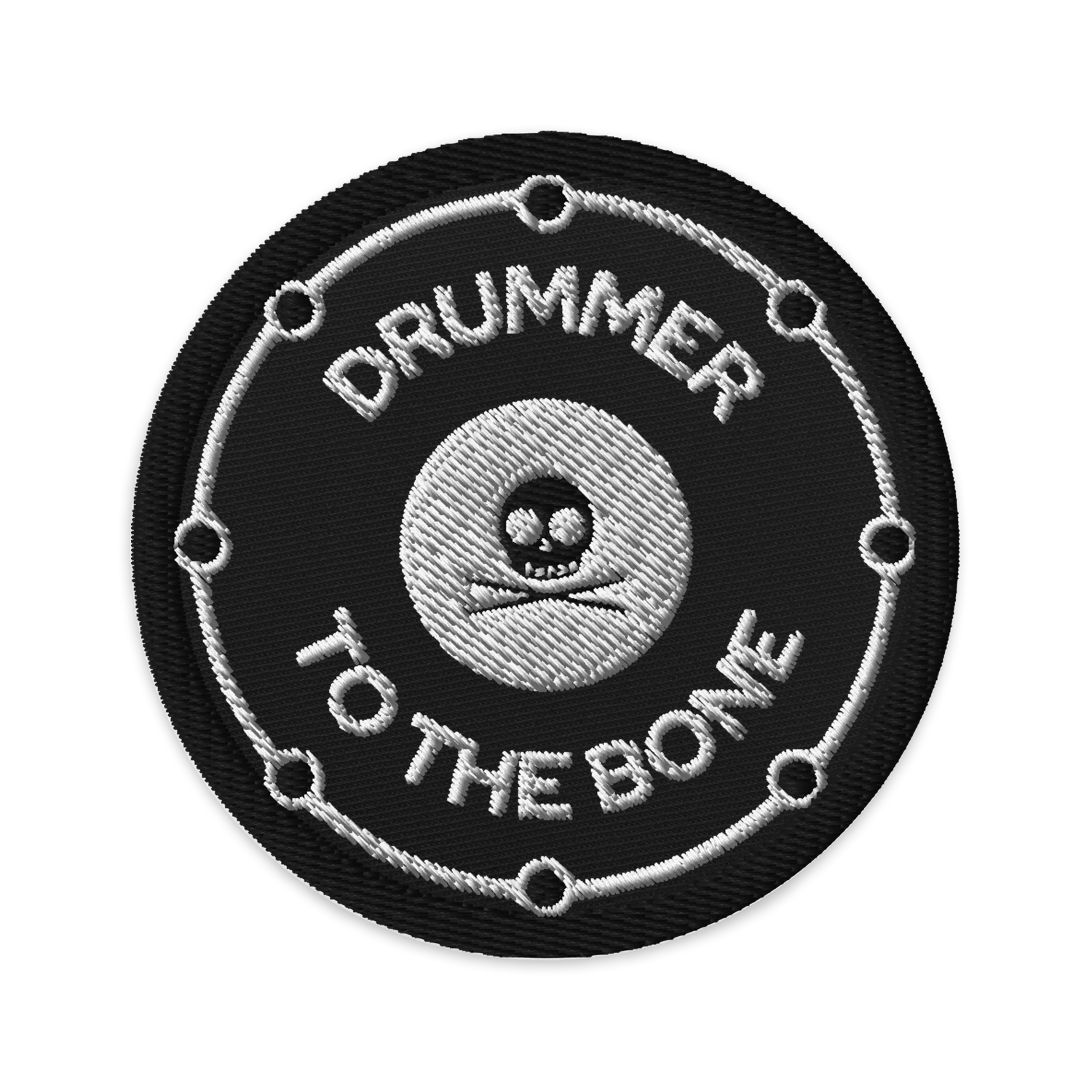
Should I be playing a metal snare? If so, which one is the best fit for the sound I'm looking for?
Of course I’d love to buy a snare of every type of shell and size out there and be able to switch and try every possible combination for every occasion. But sadly, that’s not the case. And probably the same happens to you.
So, to help you decide your next snare, we’ve put together this quick guide on snare shells. On this second guide, we’re exploring metal shell snares. Which one adapts the best to your sound situation?
Metal snares
Metal snares tend to have a brighter sound with more attack, a lot more overtones and louder sounds. Sound projection is one of the key characteristics of metal snare drum shells (especially with thicker shells).
First takeaway: if you’re looking to cut through the music, where the snare needs to stand out (like in a rock/metal/country situation), then a metal snare might be your best bet. But for recording situations you might want to consider a wooden snare drum shell, given that wooden snares tend to have more controlled overtones and a more balanced sound. But, as with everything, in the end it is a matter of taste.
Metal Snare Drum Shells:
1. Brass
Arguably the most famous metal alloy for snares. Brass is said to stand between wooden shells and metal shells, with its balanced and dark sound and some focus on the high end frequencies. Brass tends to have a warmer tone with crisp rim shots, capable of cutting through the music.
Notable examples:
2. Aluminum
With a very aggressive attack, with lots of high-end and dry sounding, although the low and middle frequencies tend to be warm and controlled. If you want to cut through a mix, then this might be a good option for you. From these descriptions you might think that aluminum is not the best choice for recording, but you’d be surprised. In a recording session for my hard rock band, many years ago, the producer changed my chosen snare (Mapex Brass Black Panther) for a Ludwig Supraphonic and to my surprise it was a fantastic choice. No wonder the Supraphonic is one of the most recorded snare drums in history.
Notable examples:
3. Steel
Although it’s commonly used on entry-level and budget drum sets, since steel is an inexpensive material, you’d be surprised with some very high-profile drummers who play steel shell snares. With a very defined high-frequency and average low end and mid-range, it’s a great option for live situations that require a very crisp snare sound. If you take a steel snare on the road, just be mindful that they require a bit more care, since steel can corrode or rust easier than other metals.
Notable examples:
- Pearl CS1450 Chad Smith Signature 14x5" Steel Snare Drum
- Gregg Bissonette Signature, 6.5″ x 14″ Steel
4. Copper
Traditionally used in orchestra situations given its darker and more rounded sound, with a bit less high-end frequencies, and more controlled overtones (ringing is easier to control). Generally a loud snare. If you’re looking for presence and projection with all the goodies of a metal snare, then copper might be a good choice. Pricey though.
Notable examples:
5. Bronze
The king of mid-frequencies. Yes, your cymbals are made - mainly - of bronze, so it makes sense to have your snare made of bronze too. Contrary to what you might think, it has a very controlled high-end frequency, and more of a mid to low end presence. Warm and punchy, with a super responsive profile.
Notable examples:
6. Titanium
Probably the least common alloy for snare drums, but what a great sound. Clear and focused sound, with great highs and mid-range frequencies. Shells tend to be on the thin side, so be careful when tuning your drum! Given that titanium is kind of a rare material, they usually stand on the pricey side of the spectrum.
Notable examples:
- DW 14x5.5 Collector's Series Black Ti Titanium Snare Drum
- Dunnett Classic 14x6.5 Titanium Snare Drum

